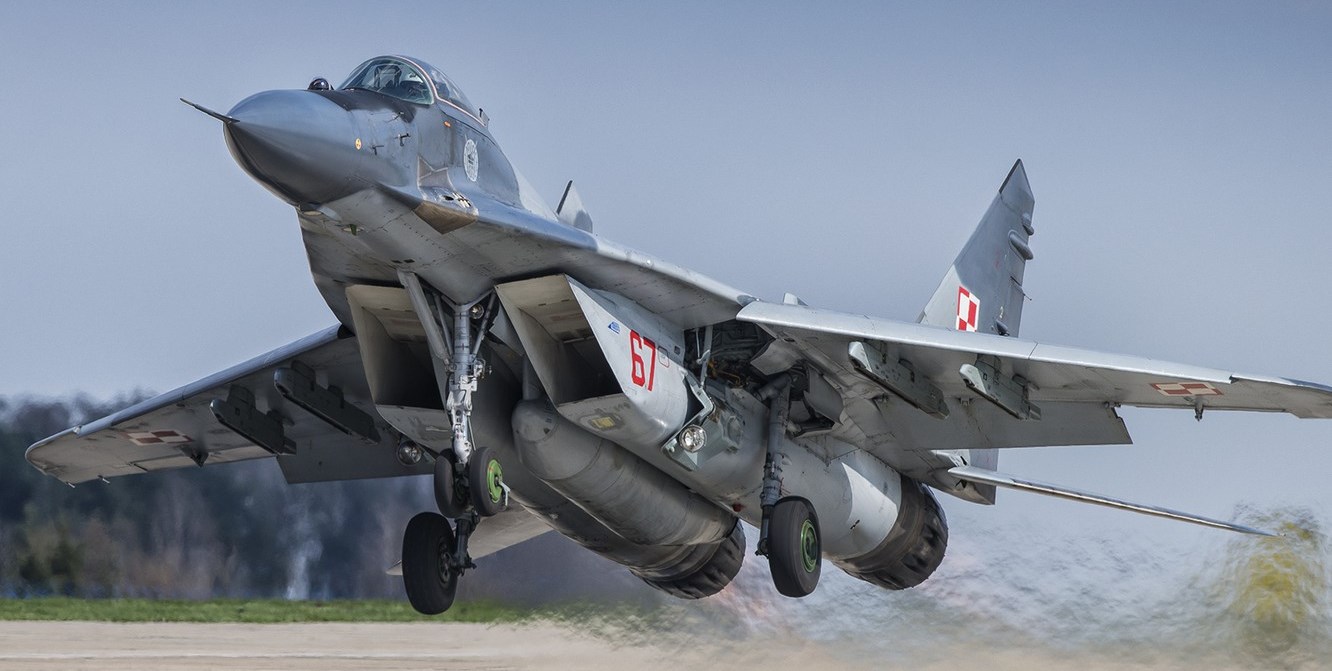


Speaking at a press conference in Kartuzy, he reported that Polish fighters were scrambled to meet the aircraft as it flew over international waters. The minister did not report any violation of Polish airspace.
The announcement follows an incident on Tuesday, 28 October, when two Polish MiG-29s intercepted a Russian Il-20 reconnaissance aircraft over the Baltic. According to Poland’s Armed Forces Operational Command, the Il-20 was flying in international airspace without a filed flight plan and with its transponder switched off. The aircraft was identified and escorted until it left the area of responsibility. Officials stressed that Polish airspace was not breached.
Poland’s report aligns with independent coverage noting that the Il-20, a turboprop platform used by Russia for signals and electronic intelligence, was tracked by Polish forces during the 28 October sortie. Euronews and other outlets cited the operational command’s statement that the aircraft had no active transponder and lacked a flight plan, standard requirements for civil aviation and often followed by military aircraft operating near busy air corridors.
The Polish military’s account has been carried by several international media, including Reuters, which quoted the operational command as saying the Il-20 conducted a reconnaissance mission “in international airspace, without a filed flight plan and with its transponder turned off.” The command added that there was no airspace violation.
Thursday’s interception, flagged by the defence minister as “another” such event this week, indicates a continued pattern of Russian military flights in the Baltic region that require allied air policing responses. Poland’s statement did not specify the exact model of the second aircraft beyond describing it as a reconnaissance platform; Polish Public Radio summarised the earlier incident as involving an Il-20 and confirmed that Polish fighters escorted the aircraft after visual identification.
These events come amid heightened attention to Russian military activity around NATO’s northeastern flank. On 19 September, Estonia reported that three Russian MiG-31 fighter jets violated its airspace near Vaindloo Island for approximately 12 minutes. NATO and several allied governments condemned the incursion. Russia denied that its aircraft entered Estonian airspace, saying the flight remained over international waters.
NATO’s official messaging around the September incident recorded a briefing to the North Atlantic Council and subsequent statements by the Secretary General. Alliance officials underscored that air policing missions in the Baltic are designed to detect, identify and, when necessary, intercept aircraft operating near Allied airspace that do not adhere to established air traffic control procedures.
General Alexus (Alexus) Grynkewich, NATO’s Supreme Allied Commander Europe (SACEUR), said in comments last week that NATO’s posture and responses have deterred Russian airspace violations, though he noted that other hybrid threats persist. His remarks followed the September Estonia incident and other episodes involving Russian drones and aircraft along NATO’s borders.
Poland is one of several NATO members that contribute fighters to routine air policing over the Baltic Sea region. While the MiG-29 is an older platform, it remains in frontline service with the Polish Air Force and is frequently tasked to identify and escort non-cooperating aircraft transiting international airspace near allied territory. The procedures described by Warsaw this week—scramble, radar track, visual identification, and escort—are standard responses when an aircraft flies with a disabled transponder or without a flight plan close to busy commercial routes and national airspace boundaries.
The sequence of events reported by Polish officials this week—two interceptions within three days—reflects continued Russian intelligence-gathering flights in the Baltic theatre. At the same time, the available official accounts from Warsaw consistently state that Polish airspace was not violated in these cases. The earlier September episode over Estonia remains an exception in which Tallinn and NATO allies alleged a breach of national airspace, a claim Moscow disputes.
As is customary, Polish officials did not disclose flight paths, precise locations over the Baltic Sea, or the duration of the escorts. The Armed Forces Operational Command said that the actions taken were in line with established rules for safeguarding the integrity of NATO airspace and ensuring flight safety in congested international corridors.
The Defence Ministry has not announced additional measures following Thursday’s interception. NATO officials continue to emphasise routine vigilance and transparency around air policing missions, noting that allied fighter detachments will respond whenever military aircraft fly near allied airspace without the standard identifiers used by civil aviation or when required by national authorities.